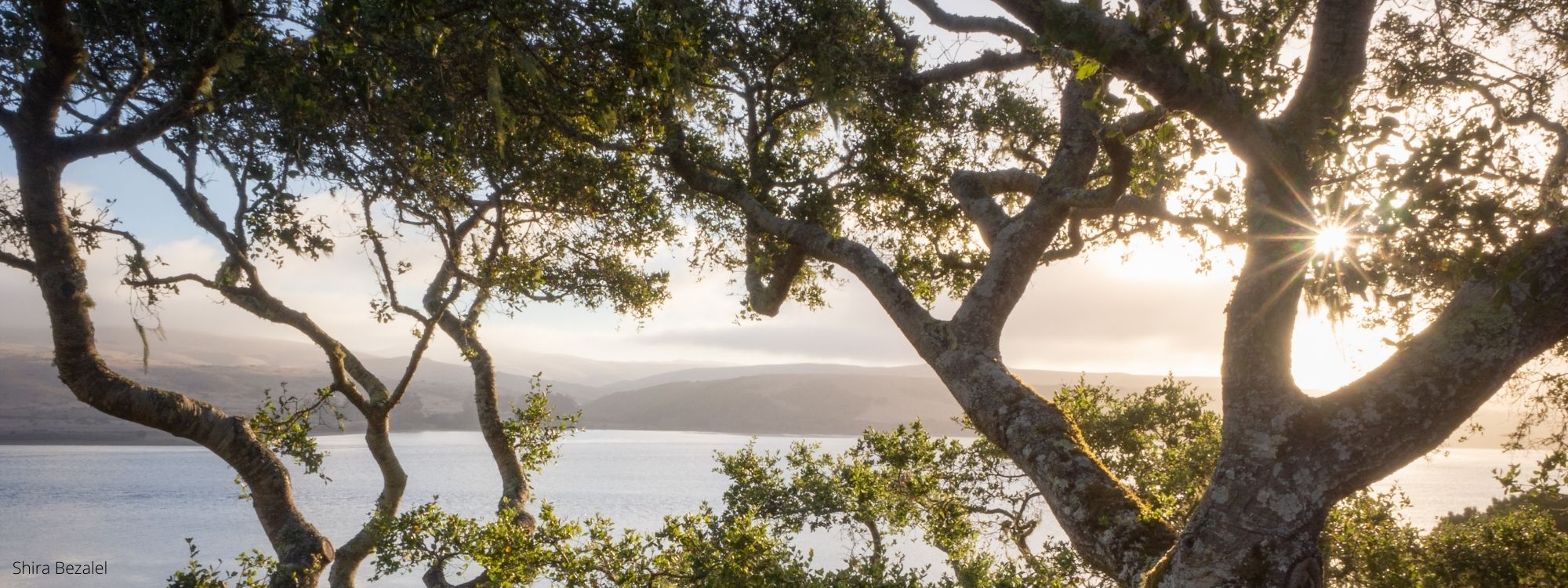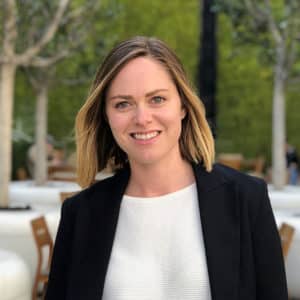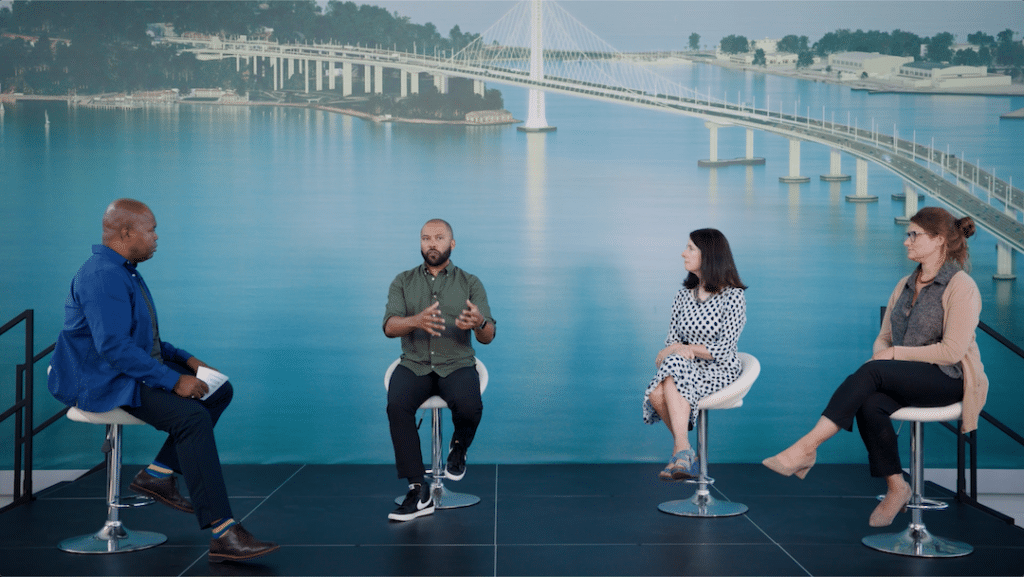On September 30—the last day of our fiscal year—supporters, partners, and friends of Greenbelt Alliance joined us virtually for our annual benefit, Hidden Heroes of the Greenbelt. We came together to honor the bold leaders in local government working to ensure greater climate resilience for the Bay Area. Thanks to our amazing community of supporters, we raised over $250,000 and surpassed our goal in support of our work to educate, advocate, and collaborate to ensure the Bay Area’s lands and communities are resilient to a changing climate.
You can watch and share the recording of the full event featuring short films and panel conversations here.
The Hidden Heroes of the Greenbelt award recognizes the often unseen, dedicated local government leaders who are championing climate-smart policies and actions in our communities. This year’s Hidden Heroes awards were given to three extraordinary leaders from across the Bay Area:
Adria Arko, Climate & Agriculture Programs Manager & Agricultural Ombudsman, San Mateo Resource Conservation District
Warren Logan | Policy Director of Mobility & Interagency Relations, Oakland Mayor’s Office
Michelle Whitman | Executive Director at Renewal Enterprise District
During the virtual celebration, we premiered three short films that tell the stories of these heroes and highlight the impact they’re making in communities throughout the region. Watch the short films:
We were also joined by Glynn Washington of Snap Judgement, who masterfully hosted the evening, along with our Executive Director, Amanda Brown-Stevens, and our board members Doug Johnson, Anu Natarajan, and John Gibbs.
Thank you to our lead sponsors Google, Carmel Partners, East Bay Regional Park District, Facebook, SOM, Waymo, and Signature Development Group, and the more than 75 sponsors who gave generously to support our work. Your contributions will help us continue to spearhead the solutions that the Bay Area desperately needs for thriving communities. The path ahead will require all of us.
Connecting Housing, Mobility, and Agriculture: Panel Highlights
By Daniela Ades
“California is burning and it feels like instead of taking a concerted approach to what’s happening, it feels like we’re playing whack-a-mole. How do we get everyone paddling the same way?” asked the host Glynn Washington to the Hidden Heroes Adria Arko, Warren Logan, and Michelle Whitman. The panel took on the question from different perspectives, from mobility to housing, to agriculture, and the common thread in all answers is the need to approach land-use policies from a regional perspective in order to ramp up resilience to the extreme climate shocks the Bay Area is already experiencing and to address the housing crisis. It’s all connected, after all.
For the urban planner Warren Logan, strong land-use decisions are an important link among their works. “A lot of the transportation solutions that I have to work towards are in response to poor decisions in where we placed housing. We are building too far away from our job centers, too far away from each other and, thus, we have to encourage people to either drive back in or take the train. The farther we build out the more risk there is involved in fire and flood and in misuse of lands that should be going towards working land and soil.”
From denser development to protecting open space and agricultural lands, there seems to be tension when it comes to addressing the compounded housing and climate crises that the Bay Area—and California as a whole—is facing. While the region needs to build millions of new homes, the impact of building sprawl development on open space and working lands is not sustainable considering the need for ecosystem services, carbon sequestration, and more.
In Michelle Whitman’s experience dealing with extreme climate disasters in recent years that deeply affected the housing stock in Sonoma County, there’s the urgent need to address both challenges by investing in city-centered growth. “We now know it [sprawl] wouldn’t be the smartest place to develop housing because of what we’ve been through in the last four years in Sonoma County. We have got to refocus our resources on city-centered housing that is near transit and away from our working lands”, said the Executive Director of the Renewal Enterprise District in Sonoma.“If you’re creating these conditions that make your county so beautiful, with preserved land and greenbelts between the cities, but you’re pushing vulnerable populations to the urban fringe and putting them in harm’s way, you’re not advancing equity.”
“Often, governments stay in their silos and look at the little corner of work that it touches. This is a big issue, the Bay Area is a big region with a lot of people and different landscapes. It’s important to see these things at a larger scale and that means working with departments, counties, and people that you might not have in previous times and take a lot of collaborative work”, concluded Adria Arko, from the San Mateo Resource Conservation District.
Watch the full panel discussion here:






